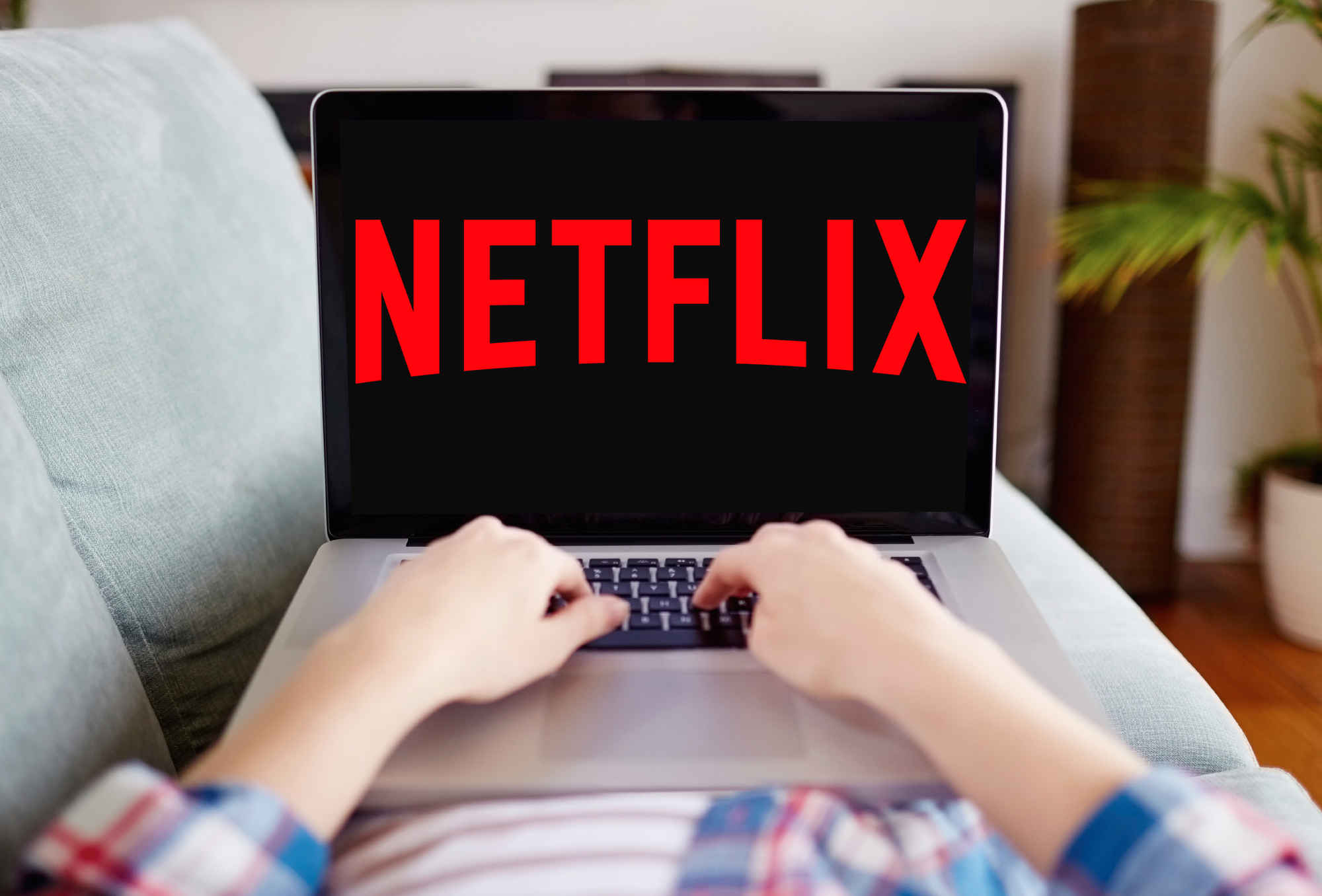Play next?
The first time I watched Life of Pi I was in bed, on my phone. I felt so ashamed of my casual movie-watching that I got up and finished the rest of it on our family TV downstairs. Now, living away from home at university, the closest equivalent I have to that is my laptop screen—big, but hardly a movie theatre. Upon reflection, I’m not entirely sure what societal pressures weighed so heavily upon me that I felt a need to pause my movie and get out of bed just for a somewhat better viewing experience. Reflecting on moments like this one, I become almost indignant—how dare these imaginary frowning faces disturb me from the warmth of my bed!
Yet painting this presence as imaginary is a disservice, if anything. The right way to watch movies, instilled in us lucky enough to have our childhoods filled with such things, is in a proper theatre, with popcorn and maybe some candy, if our parents are feeling nice. However, in spite of the growing trend of voices decrying the changing way we watch movies in favour of a return to theatres, it is an inevitability that there is no turning back to the days of pre-streaming services. But what does that actually mean for the way we watch movies?
Distribution through Netflix and other similar companies means that the vast majority of their films are ‘straight-to-streaming’, albeit with notable exceptions in the form of festival favourites such as The Meyerowitz Stories and Okja, both from 2017. This means that Netflix Originals—specifically their films, as their series are another story altogether—tend not to be screened in theatres, unless showing at a film festival, or in very specific theatrical releases. In America, this means primarily luxury iPic and Landmark theatres for the recent limited theatrical release of Dee Rees’ Mudbound. Even the film festivals are in flux, with 13th being the first documentary ever to open New York Film Festival, only a year before Okja and The Meyerowitz Stories were screened at Cannes—only for films produced by streaming services (SVoD) to subsequently be banned unless the specific demands of French movie theatres were met by the company.
We can easily see the screening of Netflix Originals in luxury theatres as exclusionary, yet Netflix has stated that they “are also open to supporting the large theater chains, such as AMC and Regal in the US, if they want to offer [Netflix] films”. One can read between the lines of this and recognize that larger theatre chains are more than likely angry at the streaming service for taking their business. With good reason—2017 was the worst year for theatre ticket sales since 1992, and chains are blaming streaming services like Netflix, which refuse to show their films in theatres, even though streaming services cannot possibly be held solely responsible.

However, an alternative way of looking at this is taken by Netflix darling Ava DuVernay, director of 13th, Selma, and most recently, A Wrinkle in Time. Her view on Netflix as a distributor of films is utopian, in that she sees it as a means of providing an opportunity for communities which do not have movie theatres to see films which would otherwise be unavailable to them. This is a common phenomenon across the United States and makes the relative affordability of streaming services such as Netflix an even bigger sell. After all, Canadian Netflix costs $10.99 a month—roughly a dollar less than the average cost for one movie ticket in Canada.
So, what does this mean for the actual act of going out to the movies? What of the rising cost of tickets, the poor theatre-going experience, and the enticement of being able to find almost every movie online, regardless of whether it’s out of theatres yet? Admittedly, I don’t have an answer. While I don’t believe that the act of going to a movie theatre will ever truly be lost, the way we consume media and the accessibility of movie theatres are both pressing issues, the latter of which deserves to be urgently remedied. To champion the theatre-going experience while condemning SVoD is to ignore the innate inaccessibility of going to the movies for much of the population. In the end, I love going out to see a movie as much as the next person—but that still won’t stop me from watching Blade Runner 2049 on my laptop.
